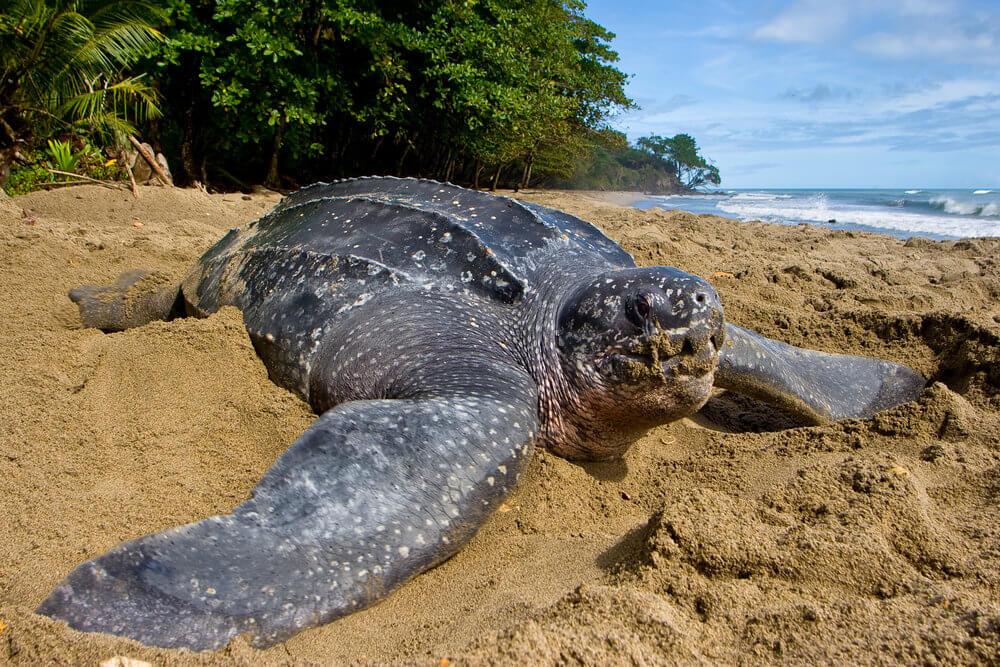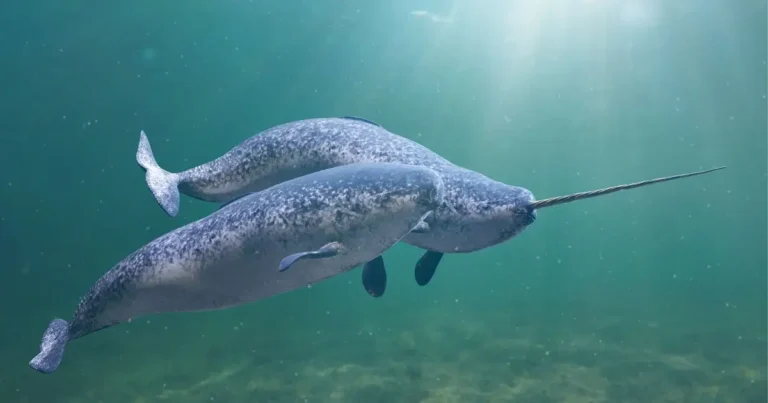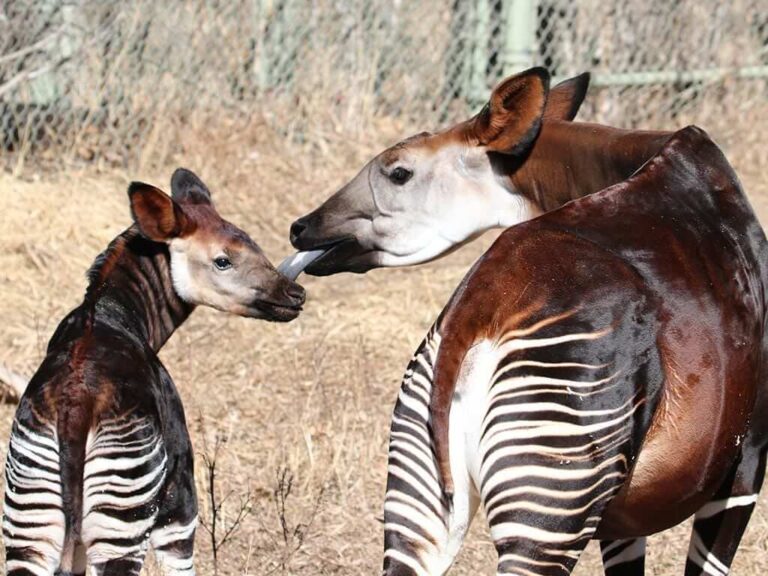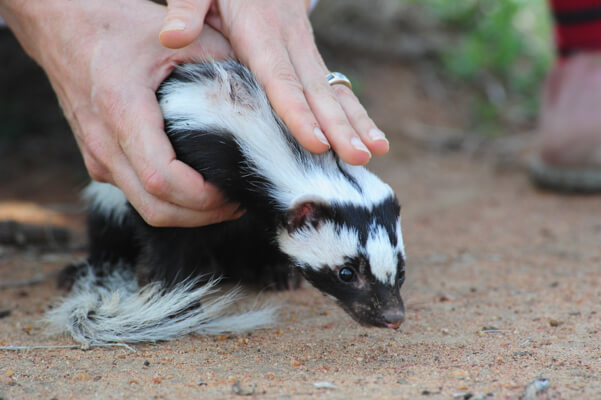Leatherback Sea Turtle: Facts, Habitat, Conservation, and More
The Leatherback Sea Turtle (Dermochelys coriacea) is one of the most fascinating and ancient marine creatures. As the largest sea turtle species, its unique features and behaviors have captivated researchers and wildlife enthusiasts. This article will explore the scientific classification, physical characteristics, habitat, behavior, diet, reproduction, predators, conservation status, and its relationship with humans. We’ll also dive into some interesting facts and the evolutionary history of this incredible species.
Contents
Scientific Classification
- Kingdom: Animalia
- Phylum: Chordata
- Class: Reptilia
- Order: Testudines
- Family: Dermochelyidae
- Genus: Dermochelys
- Species: D. coriacea
The Leatherback is the sole surviving member of the family Dermochelyidae, making it distinct from all other sea turtles that belong to the Cheloniidae family.
Physical Characteristics

The Leatherback Sea Turtle is remarkable for several reasons, including its size and unique structure.
- Size and Weight: Adult leatherbacks can grow up to 7 feet (2.13 meters) in length and weigh as much as 2,000 pounds (900 kg), making them the most giant sea turtles.
- Shell: Unlike other sea turtles, the Leatherback lacks a bony shell. Instead, its back is covered by thick, rubbery skin with embedded bony plates, giving it a leather-like appearance, hence its name.
- Color: Leatherbacks are primarily dark grey or black with white or pale spots, particularly on the undersides.
- Flippers: They have the longest front flippers of any sea turtle species, spanning 8-9 feet (2.7 meters), enabling them to travel vast distances across oceans.
Habitat
Leatherback Sea Turtles are the most migratory of all sea turtles, capable of traveling across ocean basins. They are found in the Atlantic, Pacific, and Indian Oceans and can thrive in tropical and temperate waters.
- Nesting Areas: Leatherbacks typically nest on sandy beaches in tropical regions, with significant populations in Southeast Asia, the Caribbean, and the Americas.
- Range: These turtles can be found as far north as Canada and the UK and south as New Zealand and South Africa.
Behavior

Leatherbacks are solitary creatures, spending most of their lives in the open ocean.
- Migratory Patterns: Leatherbacks are known for their incredible long-distance migrations, sometimes traveling over 10,000 miles annually between feeding and nesting sites.
- Thermoregulation: Unlike other reptiles, leatherbacks can regulate their body temperature, which allows them to dive into colder waters to hunt.
- Diving Ability: They are also expert divers, capable of reaching depths of over 4,200 feet (1,280 meters) in search of food.
Diet
Leatherbacks primarily feed on jellyfish, making them a critical species for controlling jellyfish populations in the ocean.
- Preferred Diet: Their primary food source includes various species of jellyfish, including the Lion’s Mane and Moon jellyfish. They may also consume other soft-bodied invertebrates, such as tunicates.
- Feeding Strategy: Leatherbacks have sharp-edged jaws and backward-pointing spines in their throats, allowing them to capture slippery prey efficiently.
Reproduction
Leatherbacks have unique reproductive behaviors that are adapted to their migratory nature.
- Nesting: Females return to the beaches where they were born (natal homing) to lay their eggs. They usually nest every 2-3 years, laying multiple clutches of around 80-120 eggs during a single season.
- Incubation Period: The eggs hatch after approximately 60 days, with the sex of the hatchlings determined by the nest’s temperature—warmer temperatures produce females, while cooler temperatures produce males.
- Hatchling Survival: Unfortunately, only a tiny percentage of hatchlings survive adulthood due to numerous natural predators and environmental threats.
Predators
Leatherback Sea Turtles face various threats from both natural predators and human activities.
- Natural Predators: Birds, crabs, and small mammals prey on young leatherbacks and eggs. Sharks and large marine predators may target adult turtles, although the Leatherback’s size offers some protection.
- Human Threats: Human activities pose significant dangers, including plastic pollution (which they mistake for jellyfish), bycatch in fishing nets, habitat destruction, and poaching of eggs.
Conservation Status
The International Union for Conservation of Nature (IUCN) lists the Leatherback Sea Turtle as Vulnerable, with some populations critically endangered.
- Population Decline: Leatherback populations have declined in many areas due to human exploitation, loss of nesting habitats, and climate change. In some regions, such as the Pacific, the species has faced an 80% population decline in recent decades.
- Conservation Efforts: Global conservation initiatives focus on protecting nesting beaches, reducing bycatch, and enforcing regulations on the international trade of turtle products.
Evolutionary History
The Leatherback Sea Turtle has a long evolutionary history dating back over 100 million years, making it one of the oldest species of reptiles.
- Fossil Record: Fossil evidence suggests that leatherbacks have changed little in appearance over the past 100 million years, a testament to their successful adaptation to marine environments.
- Ancient Lineage: As the only member of the Dermochelyidae family, the Leatherback’s ancestors likely evolved from terrestrial turtles, gradually adapting to life in the ocean.
Interesting Facts
- Speed: Leatherbacks are fast swimmers, reaching speeds up to 22 mph (35 km/h) in short bursts.
- Temperature Regulation: Leatherbacks can maintain a core body temperature higher than the surrounding water, an ability rare among reptiles.
- Size Comparison: An adult leatherback can weigh as much as a small car!
Relationship with Humans
Historically, leatherbacks have held cultural significance for coastal communities, and their eggs have been harvested as a food source. However, modern human activities have also led to significant threats to their survival.
- Ecotourism: Leatherbacks attract tourists during nesting season, helping to raise awareness about the importance of their conservation.
- Threats from Pollution: Leatherbacks are particularly vulnerable to plastic pollution due to their diet of jellyfish, as they often mistake plastic bags for prey.
Conclusion
The Leatherback Sea Turtle is an extraordinary species that plays a critical role in marine ecosystems and offers a window into Earth’s ancient biological history. While it faces many challenges, ongoing conservation efforts are crucial for survival. The Leatherback’s story reminds us of the delicate balance between nature and human activity and our responsibility to protect our planet’s biodiversity.
- Are Rottweilers Good With Kids? Reasons & Training Tips - 17 September 2025
- How Long Are Dogs Pregnant: Complete Guide - 16 September 2025
- German Shepherd Doberman Mix: Info, Pictures, Care & More - 11 September 2025







